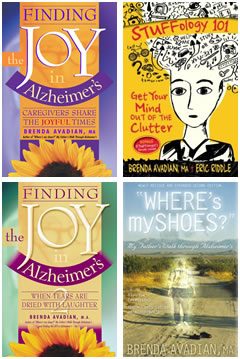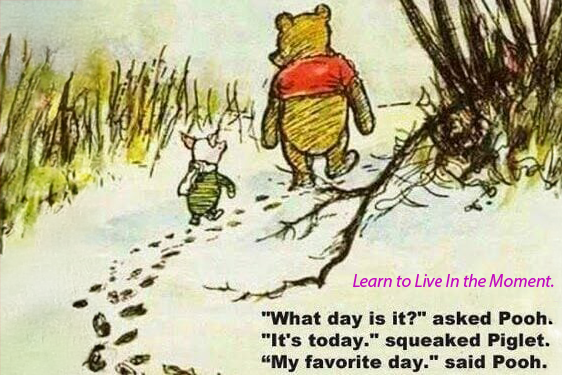—
This content is for informational purposes only and is not intended to provide medical advice.
Counseling offers individuals a safe place to deal with all their psychological and emotional problems. This is through guidance on the best coping mechanisms to utilize. It’s important to note that there isn’t a universal strategy for counseling, as needs differ for every individual. There are different approaches with unique strengths and suitable for specific situations. Here are nine top ones to consider.
1. Cognitive-Behavioral Therapy (CBT)
This method focuses on feelings, behavior, and thoughts. It tries to establish the correlation between the three and how they influence certain decisions in an individual. A therapist will identify the negative thought patterns during the sessions and try to develop a remedy.
This can be through guiding more constructive beliefs and instilling a positive mindset. With time, a person will be in control of their thoughts, hence able to have a healthy thought process. CBT therapy is a powerful tool for someone struggling with eating disorders, alcohol and drugs, anxiety, and marital problems. It helps in enhancing emotional well-being.
2. Psychodynamic Therapy
Sigmund Freud and his followers developed principles that guide this form of therapy. It concentrates on the unconscious mind and references its influence on a person’s behaviors. During the open-ended conversations, a therapist will examine the client’s emotions and thinking.
More of the talk will go into the past years, whereby the counselor will inquire about the significant experiences and relationships. In the process, it will bring to the surface any deep-seated issues a person has never overcome. It could be harsh childhood experiences that still influence the way of thinking.
The client will get the proper insight concerning their behavior and feelings, understanding how to adjust better. Consistency in the sessions will bring about more profound change in one’s life by focusing more on the present and the future.
3. EMDR Therapy
Therapists widely use this psychotherapeutic approach as it impacts an individual’s life stability. It mainly helps in overcoming distress which emanates from traumatic memories. Additionally, this strategy is usually helpful when struggling with certain psychological disorders. For example, after accidents, victims often go through a long and emotionally draining recovery journey.
A therapist will help you reprocess the event without being emotionally charged. The bilateral stimulation technique will entail auditory cues, side-to-side eye movement, and tactile tapping, which gives rise to a more adaptive narrative.
However, it’s essential to have great mastery of the technique as a therapist for the outcomes to be excellent. A sound EMDR training program will take you through the ins and outs of the intervention. You’ll get tips on preparing clients, as this comes into play before beginning the sessions. What matters is finding the best learning center that can be online.
4. Mindfulness-Based Cognitive Therapy
Whenever someone experiences recurring episodes, it can be stressful and seems challenging to move from it. MBCT trains how to drop the judgmental attitude, a primary trigger for the mental condition. The counselor will use this therapy mostly when there is a history of depression or stress and anxiety levels are too high. An individual will master critically analyzing a problem rather than rushing to conclusions. It becomes easy to highlight the causes of the problem before pointing fingers at oneself.
5. Solution-Focused Brief Therapy
In every problem, there needs to be a solution, as this is where peace of mind will come from. However, sometimes an issue is too huge, such as there seems to be no way out. That is why SFBT is essential, as it makes an individual dwell more on the answers rather than the question. The therapist will help dissect the matter at hand and see where the strengths and resources are.
This makes it effortless to find a remedy with a lot of certainty. It’s mostly effective in dealing with specific life issues or transitions, for example, when making career decisions or starting relationships. It may be a short-term approach, but gives rise to rapid and sound resolutions.
6. Narrative Therapy
This approach takes you on a journey of looking at yourself differently. By redefining who you are, you tell a better story about yourself, which challenges negativity. People with self-defeating stories get the opportunity to create new ones of victory. This can be helpful if battling trauma and having self-esteem issues. It also brings self-identity, which plays in many aspects of life. Moreover, a counselor will show you how to separate yourself from the problems and get a more objective standpoint.
7. Dialectical Behavior Therapy
When the emotional and behavioral issues are complex, you need a more improved CBT. DBT is a perfect way to get emotional regulation and better distress tolerance. This is achieved through guidance on how to build and sustain healthier connections with people around you.
People with frequent suicidal thoughts or interpersonal conflicts can use this to make their lives healthier and more social. However, patience is critical for there to be progress. Be consistent with the therapy sessions and you’ll see the results with time.
8. Family Systems Therapy
Every family member has a role to play for it to function well. This method helps by looking into the personal behavior of everyone and the interconnection of emotions. It becomes instrumental when spotting the dynamics of dysfunction within the family setup.
If there are communication problems or addiction issues, a counselor will point them out. They will later guide on the solutions to employ and avoid issues in the future. Such sessions are always candid and engaging, as this will help get to the bottom of the matter.
9. Gestalt Therapy
Founded by Fritz Perls, this method aims to assist someone to focus on the here and now. An individual will be aware of their thoughts at the present moment. Sometimes, people forget about themselves and what they have presently, hence fail to make much progress. Seeing and appreciating the current accomplishments and status makes it easy to pinpoint where the next step should be. It initiates personal growth, which can be instrumental in a career or school life.
There is also the aspect of self-acceptance whereby a person will learn how to embrace who they are. A therapist may use guided imagery to get clients to explore their feelings. It helps in self-reflection and understanding of one’s strengths and weaknesses.
Endnote
Counseling is vast, with many approaches a therapist can use to meet a client’s needs. Each of them has its perks and applies to specific circumstances. A counselor will take time to understand the problem before deciding what you’ll go through. However, consistency in the therapy schedule is necessary for the outcomes to be excellent.
—
This content is brought to you by Wahab Ullah
iStockPhoto
The post Top 9 Counseling Approaches to Consider appeared first on The Good Men Project.
Original Article










